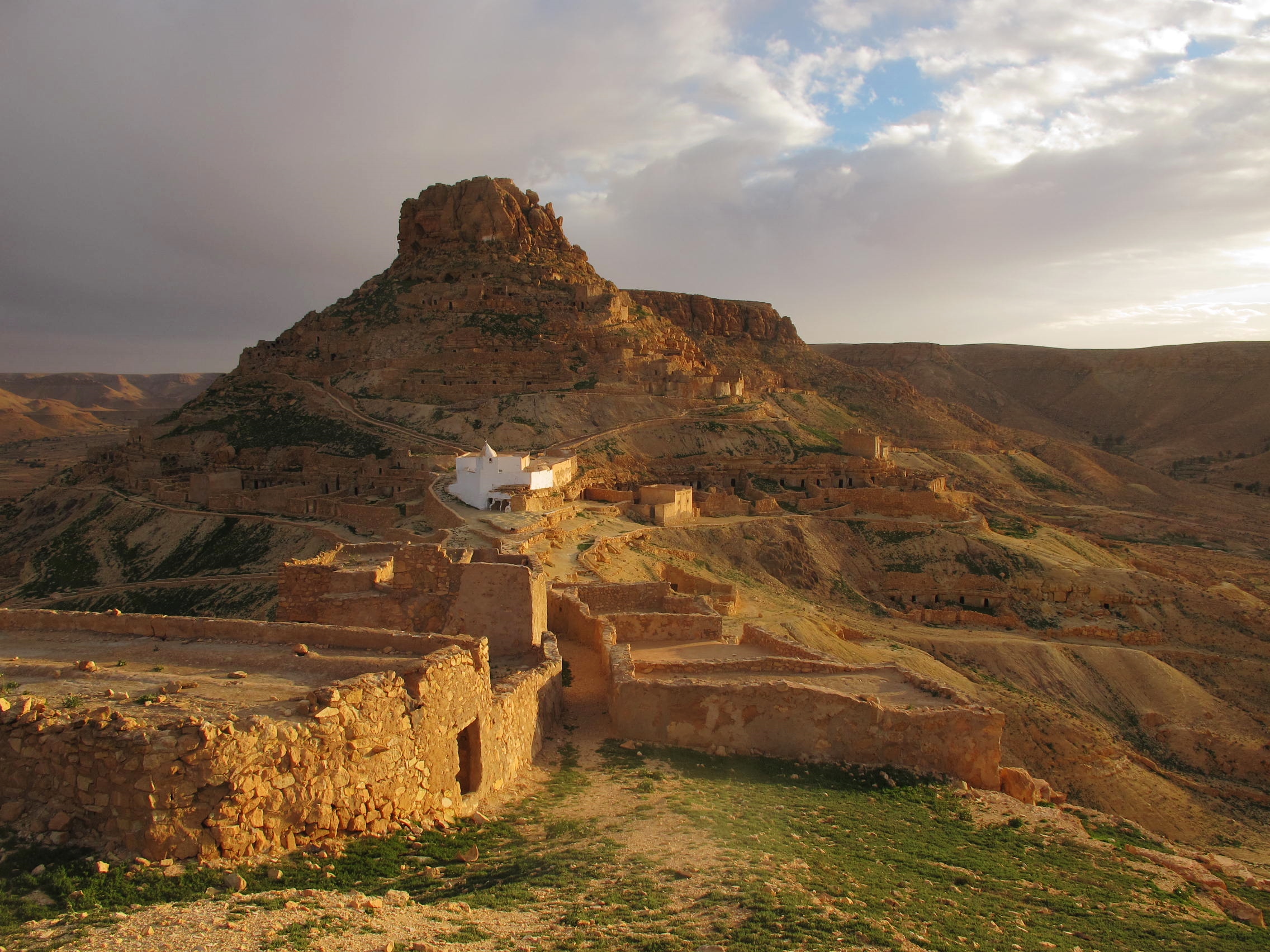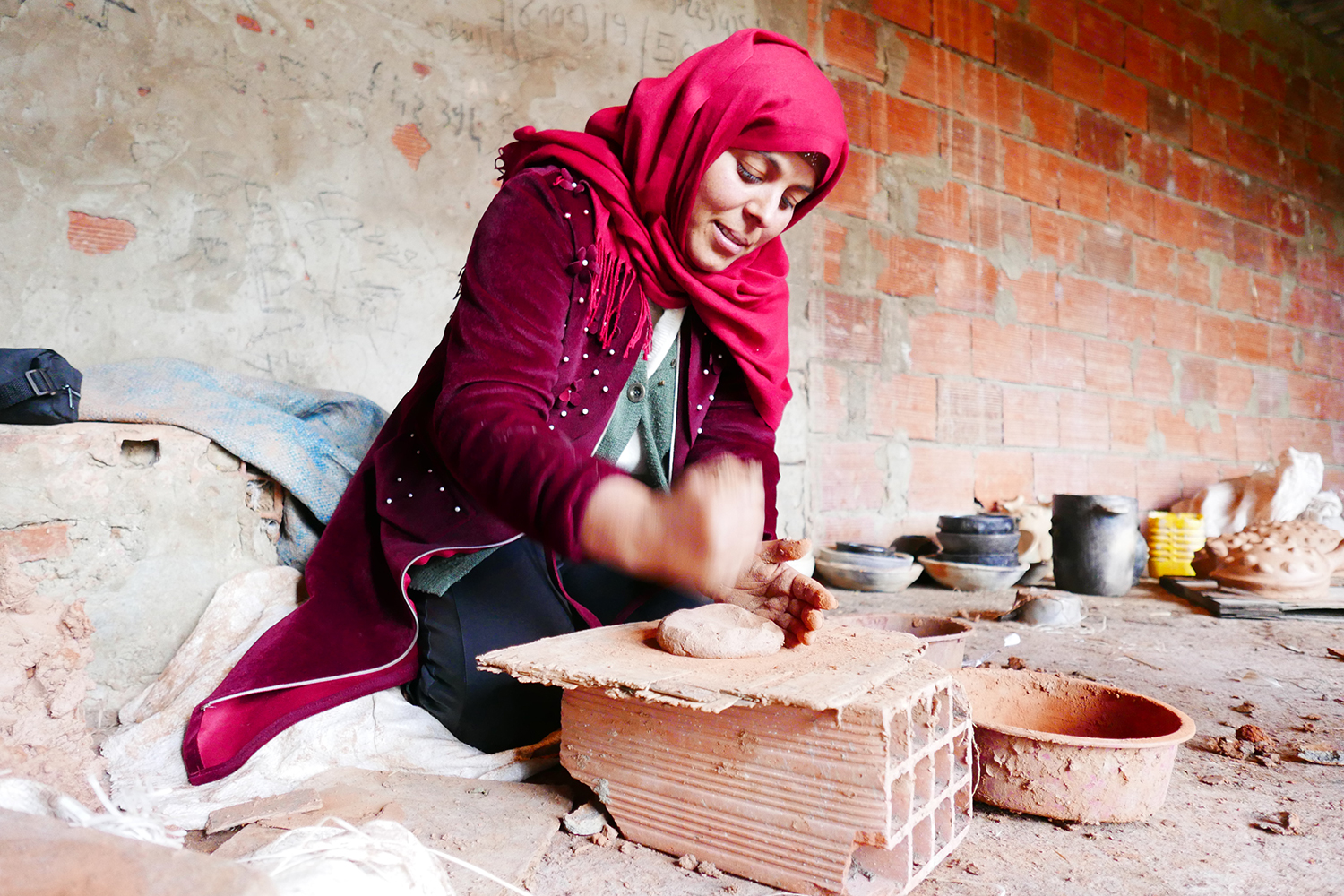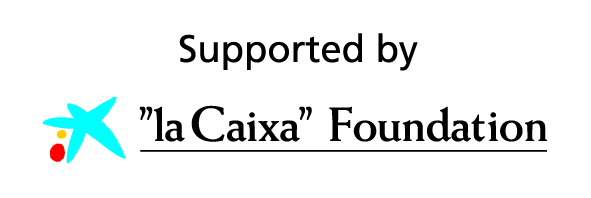Dossier
A timid Amazigh awakening in Tunisia
ATCA has one hundred members, who pay an annual fee of 10 dinars (3 euros). The amount is not enough to set too ambitious goals. However, thanks to their membership in the Amazigh World Congress, they were able to take their case to the UN Committee on Economic, Social and Cultural Rights in Geneva, which in 2016 urged the Tunisian state to implement a series of measures for the conservation of Amazigh culture. Despite its commitment, the government has not implemented any of them.
Also called Berbers, the Amazigh define themselves as the indigenous inhabitants of North Africa since time immemorial. However, over the centuries they have shared what is today’s Tunisian territory with other groups, such as Carthaginians, Romans, Ottomans, and Arabs.
The number of Tunisians who currently speak Amazigh is a controversial issue, as no official statistics are available. Some activists put the number of speakers at more than 500,000, while other estimates reduce them to 200,000, or 2% of the 11.5 million Tunisians. The vast majority of them hail from some 20 villages in the southern provinces of Matmata and Tataouine, as well as from the island of Djerba.
The existence of a dozen cultural organizations such as ATCA is the main change witnessed in Tunisia as regards the Amazigh question after the 2011 revolution that deposed dictator Ben Ali. The creation of Amazigh associations, as well as opposition parties or independent media, had been previously banned and severely punished. Eight years later, Tunisia is the only country of the so-called Arab Springs that has been able to sustain a process of democratic transition without descending into civil war or a coup. In fact, the transition is already in one of its final stages. Legislative and presidential elections will be held in autumn, the second ones after the revolution, which are expected to be pivotal for the consolidation of democracy.
However, the Amazigh activists’ assessment of the post-revolutionary period is not very positive. Jalloul holds that it has only served to bring to power an Islamist political class that is hostile to cultural plurality. Samir Nefzi, president of the Amazigh political party Akal, believes that it is a mistake to speak of “revolution,” and prefers the term “revolt.” “The policy of exclusion and marginalization of the Amazigh language and identity has gone on as before. In the Constitution [approved in 2014] no mention is made of them, nor is there any space for Amazigh in the media. Furthermore, a decree still in force prohibits non-Arabic names for newborns,” Nefzi decries. Specifically, the most criticized article of the Magna Carta is the first one, which states that “Tunisia is a free, independent and sovereign state, Islam is its religion, Arabic its language, and the Republic its regime. This article cannot be subject to review.”
The definition of Arabic as the only language of the republic is a grievance according to the Amazigh activists, since they believe that their language is the own language of the country and also of the entire region of North Africa, as Arabic was imposed there after the Muslim conquest of the 7th century. Consensus arises among the Amazigh organizations when it comes to calling for a change in the Constitution that protects the cultural plurality of a country that, interestingly, likes to define itself as a melting pot of civilizations.
The process of Amazigh minoritization
The Amazigh language has undergone a gradual process of minoritization that began with the Arab conquest of the 7th century. “It is through the link between Arabic and religion that this language penetrated the Amazigh communities. It is the language of the Koran, and children have been taught it in mosques since the Arab invasion,” explains Mongi Bouras, head of the Berber Museum in Tamezret, a village in the country’s south.
Over the following centuries, Amazigh did not suffer a major setback. The state apparatus was rather weak outside big cities, and most people lived in rural areas, where it was the tribes who dictated the law. This picture began to change in the 11th century, when several Arab tribes migrated to Tunisia and settled in some peripheral provinces.
At the beginning of the French colonization, at the end of the 19th century, Amazigh was already in a minority position. According to a 1923 linguistic census —the last one to be carried out in Tunisia— the number of Amazigh speakers was 20,601 for a total population of 1.5 millions. But it is starting with independence in 1956 that Amazigh suffered the most painful blow. During the years of anti-colonial struggles in North Africa and the Middle East, pan-Arabist ideology became hegemonic, and had the charismatic Egyptian president Gamal Abdel Nasser as its hero. Pan-Arab solidarity was seen as a very useful tool, if not indispensable, to get rid of the European yoke.
“Once independence was achieved, president Bourguiba imposed a policy of Arabization through the school, the administration and the media,” Bouras recalls. In theory, it was a matter of regaining ground lost to French, but there was also a clear will to exclude Amazigh and to suppress any kind of activism linked to this identity. This was how the names of many towns and cities throughout the country’s geography —which witnessed the historical cultural imprint of Amazigh— were Arabized, as also was the existence of many Amazigh words in the Tunisian Arabic dialect. In fact, the country’s name, Tunisia, has its roots in the Amazigh language. The Bourguiba regime lasted for more than three decades, until Ben Ali staged a coup d'état in 1987. The new dictator continued with the same homogenizing policy as his predecessor.
A dozen associations in Tunisia for the promotion of the Amazigh language and culture exist as of today. Besides ATCA, the others are small local groups, such as the Association for the Protection of Heritage of Tamezret. “We are about 10 members. We offer several workshops during the year, some to teach the Tifinagh alphabet to children, others for artisans on how to develop it, and so on. Most activities take place in January, when we mark the Amazigh New Year,” says Karima Azzouz, the association’s director. “We can’t sustain weekly activities because we don’t have enough human resources. Tamezret is a village of retirees. Young people, they all go to the cities, especially to Tunis. In addition, more than half of the village’s inhabitants are Arabs,” says the 43-year-old woman, a teacher of Fine Arts in Gabès, the capital of the south.
One of the great challenges for the preservation of the language is the existence of a massive rural exodus in the impoverished areas of the south, with no other job opportunities than agriculture and livestock, in a region with an extreme climate. Some of the historic Amazigh villages, such as Douiret or Chenini on the top of steep mountains, are now ghost villages, since the Bourguiba regime encouraged the transfer of their inhabitants to the valley, within his policy of modernization.
 The Amazigh ghost village of Chenini. / Photo: Ricard González.
The Amazigh ghost village of Chenini. / Photo: Ricard González.“I am optimistic about the survival of the language. Parents teach it to their children, even those who have emigrated to Tunis. There is a strong identity,” says Azzouz. However, without any institution to learn the written language, nor any state policy to turn it into a language of social and cultural prestige, preserving it is not an easy task for the children of emigration, especially in cases of mixed marriages. “My parents and grandparents speak Amazigh, and I understand it perfectly, but I don’t speak it,” admits with a bit of sadness Kahna, a 40-year-old ATCA activist born and raised in Tunis.
Akal, the first Tunisian Amazigh party
The news, May 2019, of the establishment of Tunisia’s first Amazigh party, by the name of Akal, which means “land” in Amazigh, shook the Tunisian political landscape. Some voices were raised warning that it entailed a danger to national unity and cohesion, an old argument used by dictators. The government even denied the information, in an attempt to calm down Arab nationalists. “No legal Amazigh party with the name ‘Akal’ exists in Tunisia,” proclaimed the minister in charge of relations with constitutional bodies, civil society and human rights.
“According to the law, if the government does not give any response within two months of the request for the creation of a party, it is automatically legal,” replies party president Nefzi, who criticizes the fact that the minister’s statement came through a post on his Facebook page. “We have not received any formal notification,” he adds in a telephone conversation from Japan, where he pursues a doctorate in Criminology.
Be that as it may, the party is preparing its lists for the autumn’s legislative election. According to the president, a jurist by training, even if the party were denied the right to exist, it would be running for election under the formula of a voters’ alliance.
Akal was born after a group of Amazigh students, activists and researchers came to the conclusion that the work of NGOs was not enough for the recovery of language and culture. Such avenue was already exhausted, according to them, and the Amazigh movement needed to enter politics to achieve new rights. “Our thinking is inspired by what is happening in other areas of Tamazgha [the North African region where the Amazigh live], which are better off than us, and by other peoples like the Kurds. The example of the RCD in Algeria’s Kabylia is interesting because it has a program for the whole country, while also showing a clear Amazigh hallmark.”
The project has been met with divided opinions within the community. “Personally, I think it is an interesting effort. New approaches are needed to promote our culture,” says Azzouz. ATCA members, on the other hand, have a different opinion. “The situation is not ripe enough to launch a political party, which could be illegal, given that the law forbids ethnically based parties. A lot of prior awareness-raising work needs to be done. It is a project doomed to failure that will rather harm our cause,” says Jalloul. His colleague Kahna agrees: “The party was founded by six people, most of them members of the Amazigh diaspora in the West. They should have coordinated with us who are on the ground and know the situation better.”
The priority in Akal’s manifesto is to achieve full recognition of the Amazigh identity in public institutions and in the Constitution, which means changing its first article. In addition, a large research centre on the Amazigh culture should be set up, and the teaching of the language in schools and its use in the media should be guaranteed.
Nefzi, 41, born in a town close to the capital, categorically rejects the allegation that the party encourages the division of Tunisians: “We Tunisians have always been divided ideologically: seculars, Islamists, communists, liberals, etc. In fact, what can unite us is the identity of belonging to Tamazgha.”
Akal party insists on denying the status of “minority” to the Amazigh. Within the community there is no consensual definition of what attributes are necessary for someone to be considered Amazigh. Since very few speakers of the language remain, some activists resort to an ethnic definition, pointing out that several genetic studies suggest that the majority of the Tunisian population is of Amazigh descent. However, Nefzi prefers a more civic approach, based on territory: “Anyone who has Amazigh ancestors, or who was born in Tamazgha, is an Amazigh.”
According to Nefzi, Tamazgha is a territory that spans, at least partially, a dozen countries, including the Canary Islands. Aware of the difficulty of erasing these borders and of the hostility that the idea can provoke among the apparatuses of those states, he clarifies that the project will only be consummated if the citizenship so wishes. “We are peace-loving people, and we do not want problems with anyone”, he adds.
The Amazigh women
The only Amazigh cultural manifestation allowed during Ben Ali’s time was related to folklore and craftsmen’s products. “His only interest was to make money from tourism,” regrets Azzouz.
Perhaps motivated by similar intentions, the Tunisian government presented UNESCO with a dossier on pottery made by women from a village called Sejnane who follow an ancestral technique and Amazigh motifs. The UN awarded their work by including it in the list of Intangible Heritage of Humanity in 2018. Their history generated a certain media echo on an international scale, which has allowed them to become empowered and to set up a cooperative.
However, their condition as Amazigh is not clear to everybody. “Because of their factions, it is clear that they are of Amazigh origin, but they have not preserved the language, and they consider themselves Arabs,” says Sonya Louati, head of an NGO that has helped them establish the cooperative.
 A woman makes pottery in Sejnane. / Photo: Ricard González.
A woman makes pottery in Sejnane. / Photo: Ricard González.“The truth is that almost no difference between the social role and position of women in Berber-speaking communities and Arabic-speaking areas exists,” Azzouz says in a telephone conversation. The most combative activists vehemently disagree: “Amazigh women are stronger and more independent. They did not need to wait for the State to grant them certain rights to exercise them. For example, while in Arab areas daughters inherit half as much as their brothers, in the Amazigh community they receives the same share,” says Kahna, who is named after a powerful Amazigh queen who led the resistance against the Arab invasion.
To many Amazighs, the issue of women’s rights is a source of pride and an important sign of differentiation from Arabs. “Our traditional society is matriarchal, completely antagonistic to the Arabic. For example, we are identified according to who our mother is. In contrast, among Arabs, it is the opposite, the father,” explains Bouras, who points out several examples to show the different position of Amazigh women. Thus, women have full freedom to choose a husband and to divorce.
Tunisia is known for being the country in the Arab world where women have the most rights, thanks to the adoption of a very advanced family code just after independence. According to Bouras, it was no coincidence, but a simple reflection of the maintenance of the Amazigh matriarchal culture that was never extinguished.

.
